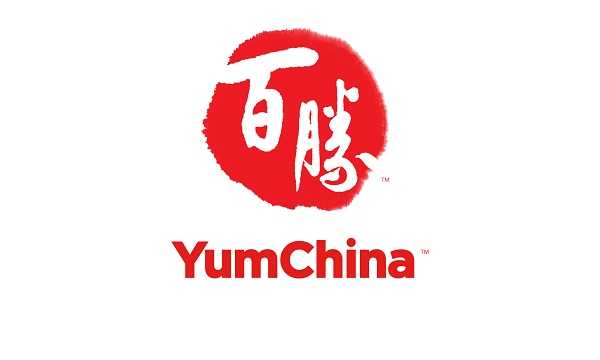SHANGHAI, China – Yum China Holdings, Inc. (the “Company” or “Yum China”) today reported that its Board of Directors (the “Board”) has increased the Company’s share repurchase authorization by $1 billion to an aggregate of $2.4 billion.
From 2017 to March 16, 2022, the Company repurchased approximately 24 million shares of common stock for $971 million, including approximately 4 million shares repurchased for $188 million quarter-to-date 2022. This increase brings the total remaining authorization to approximately $1.4 billion.
“The Board’s approval to expand our share repurchase program reflects the strength of our balance sheet and our ability to generate strong cash flow. From 2017 to 2021, we generated operating cash flow of $5.6 billion and free cash flow of $3.2 billion[1].
To date, we have returned approximately $1.7 billion of capital to shareholders in the form of cash dividends and share repurchases. Despite the significant impact from COVID-19 in 2021 and stepped-up capital investments to drive organic growth, we generated operating cash flow of $1.1 billion and free cash flow of $442 million[2],” said Joey Wat, CEO of Yum China.
“We are confident that our resilient business model and RGM strategic framework — fortifying resiliency, accelerating growth and widening strategic moat — will help us to capture the amazing growth opportunities in China over the long term. We remain committed to a disciplined capital allocation strategy that balances returning capital to our shareholders and investing in our business for greater growth.”
The Board’s authorization permits the Company to make repurchases of its shares of common stock from time to time in open market or privately negotiated transactions, including block trades, accelerated share repurchase transactions and the use of Rule 10b5-1 trading plans. The authorization has no expiration date.
[1] 2017 to 2021 free cash flow is calculated using operating cash flow of $5.6 billion less capital spending of $2.4 billion.
[2] 2021 free cash flow is calculated using operating cash flow of $1,131 million less capital spending of $689 million.

















